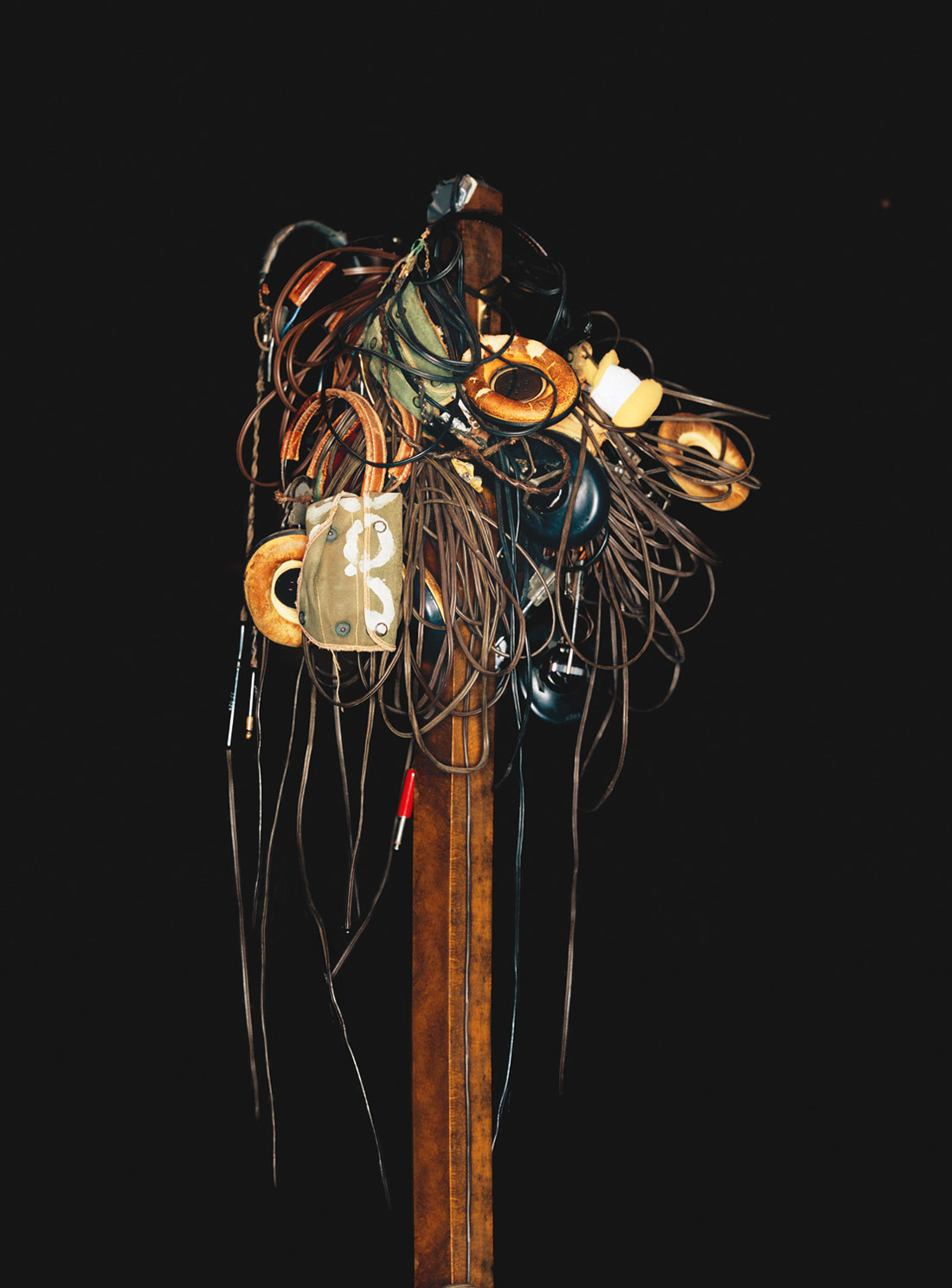In a trend of 500-series this-and-that, many manufactures have responded to the question, “Can we get a tube module?” with, “Due to power supply requirements, it can’t be done.” Roll Music Systems accepted this challenge and responded with the RMS5A7 Tubule. As expected, this preamp is outfitted with the standard features and is VPR Alliance approved. Right out of the box, however, three things caught my eye: the variable 10 dB input attenuator; gain selectable in 3 dB steps; and the old-school Trident-style “winkie” mechanical buttons that signify when phantom power, polarity, and pad are engaged.
Let’s take a closer look at the variable 10 dB input attenuator, since this is not a feature you usually see on a preamp. As the second level control in the preamp’s signal path (right after the –20 dB pad), it allows you to use a higher gain control setting and get more tube coloration. At low gain settings with the attenuator set to 0, the preamp will be very clean and linear, with a flat frequency response. At higher gain settings with the attenuator set lower to compensate, the preamp will show characteristics of saturation and soft distortion along with a slight roll-off of extreme high and low frequencies while achieving the same output level. Interestingly enough, at the in-between settings, there is a gradual transition between “clean” and “tubey”. These characteristics have to do with the Tubule’s use of negative feedback. Negative feedback is a technique used to reduce distortion and extend the frequency response. At low gain settings, the Tubule is utilizing a large percentage of negative feedback, while at high gain settings very little negative feedback is implemented.
The first task I threw at this pair of preamps was drum overheads. Using my KM 184 mics and a mic splitter, I set up to record a blues/rock band. The mic splitter allowed me to record my Great River MP-2NV (Tape Op #28), which is my go-to overhead preamp, as a direct comparison track. The clean, detailed image and fast transient response made me double-check that I had the right preamp routed. Most tube preamps with which I have experience, including the Avalon 737 (#28) and Universal Audio 2-610 (#27), sound warm and gooey. While these do a great job of warming up sterile vocals and acoustic guitars, I usually associate fast and punchy characteristics with transistor-based preamps. The Tubule sounded very natural and captured the attack of the drums while mellowing out harshness from the cymbals. When I later compared these results with my MP-2NV, I was surprised at the similarities between the two units. While they both sounded warm and punchy, the Great River sounded a little more up-front and on-top-of the mix. The Tubule captured more of the room ambience and sat a little nicer in the mix. On another session, I had great results with the Tubule on kick and snare; the kick had tight low-end and a nice punch to it, while the snare had a sweet midrange and lots of crack.
Next up was acoustic guitar. On first impression, the guitar sounded warm but too boomy; after moving the mics around a little, I found a sweeter spot that captured the string articulation nicely with a very smooth sounding top-end, while maintaining definition in the low-mid frequencies. This experience reconfirmed that microphones sound best when placed by ear and not by eye! The 3 dB steps of gain allowed for more precise level setting than I am used to with courser-grain controls.
All in all, the Tubule is very versatile. It can be very clean at low gain settings or nicely saturated at higher gain settings, but what you will not get is that preamp clipping sound that everyone is so used to hearing. Instead, you will actually hear the little nuances in your recordings and maintain the dynamics of a track as opposed to over-compressing and distorting things to hell. Now for those of you that are still wary about power supply consumption and/or heat dissipation, forget about it! Justin Morse at Roll Music informed me that the Tubule is well under the VPR allowance for current consumption, and as far as overheating goes, it will not produce any more heat than your typical module. The Tubule only uses the allowed 3 watts per module and those watts can’t tell the difference between a tube or a transistor. My opinion — a pair of these will be a great addition to your 500-series collection.
($1000 street; www.rollmusic.com)
–Dustin Ryan, www.TheFormulationRoom.com
Consoles/Summing, Dynamics, Mic Preamps | No. 32
ISA 220 Channel Strip
by Dave Trumfio
The 220 is my first choice for anything I want or need to sound transparent. It has that ultra clean character that sounds great on acoustic guitars, shakers, hi-fi vocals etc. Functionally, this unit...




_disp_horizontal_bw.jpg)